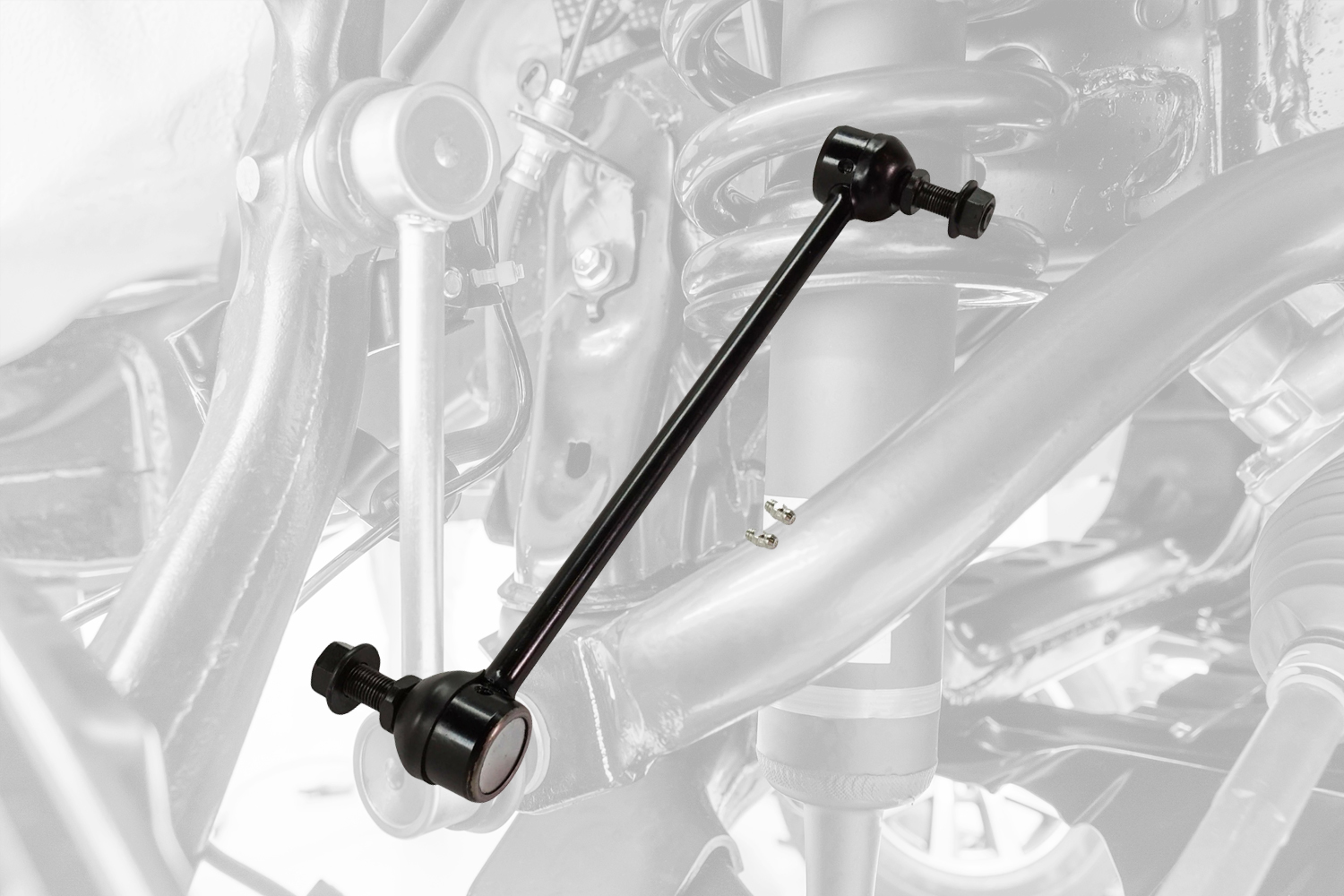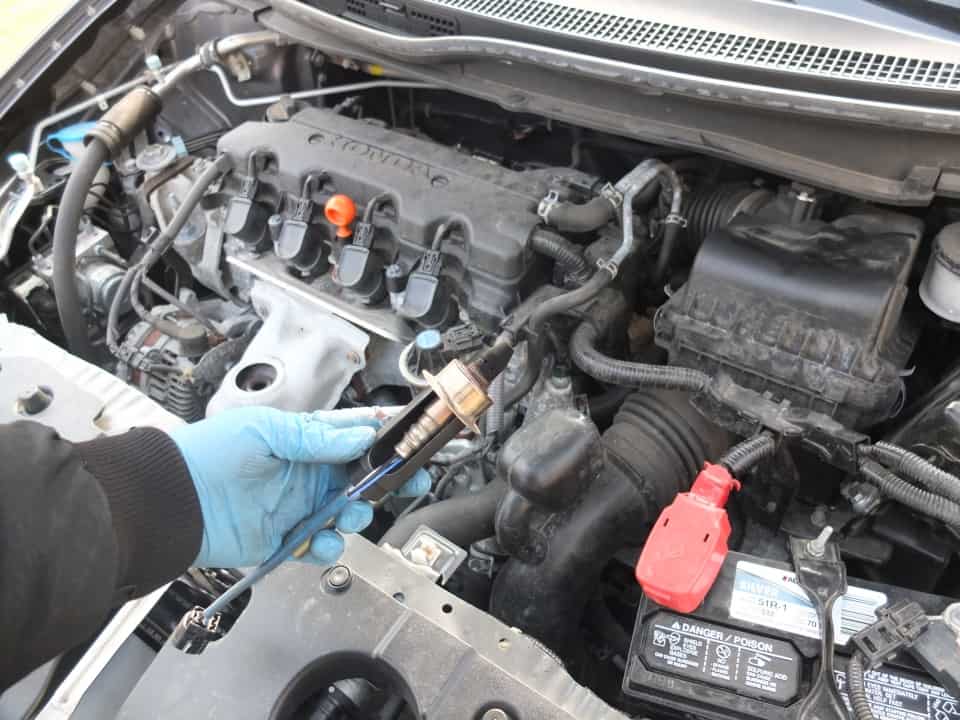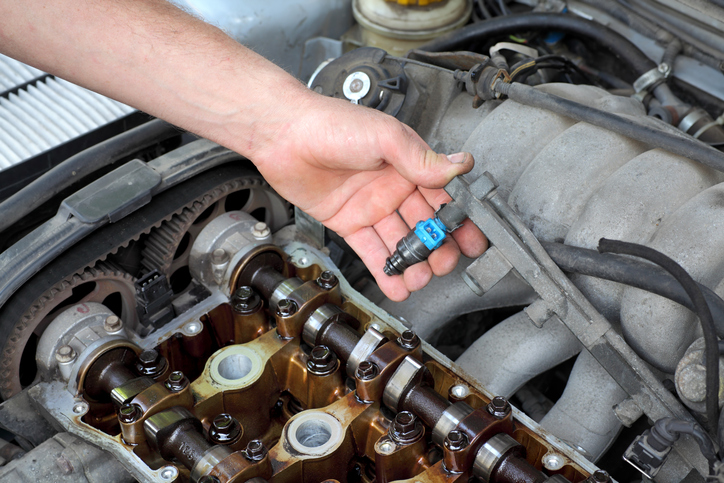Posted on 2/13/2024

Car enthusiasts and everyday drivers alike may have heard of stabilizer bars and bushings, but understanding their function and importance in a vehicle's performance and handling is crucial. Stabilizer bars, also known as sway bars, play a vital role in reducing body roll and enhancing stability during cornering and maneuvers. Meanwhile, bushings act as the connection between various suspension components, providing cushioning, vibration dampening, and noise reduction. Stabilizer bars, also known as sway bars or anti-roll bars, are metal bars that connect the left and right sides of a car's suspension. They're like the peacemakers of the car world, keeping everything balanced and harmonious. Bushings, on the other hand, are like the unsung heroes of the suspension system. They're small but mighty rubber or polyurethane components that sit between the various metal parts of the suspension. Think of them as the shock absorbers for noise and vibrations. Stabiliz ... read more
Posted on 2/8/2024

Ah, the sweet symphony of a car's engine revving, the roar of power and performance. But have you ever wondered what happens to all those exhaust gases once they've done their job? Well, that's where the automotive exhaust system comes into play. It's responsible for safely removing those gases from your car's engine and delivering them out into the world. Now, let's focus on a crucial component of the exhaust system: the exhaust manifold. Think of it as the traffic cop for all those exhaust gases, directing them from the engine's cylinders into the exhaust pipe. But it's not just about directing them, oh no. The exhaust manifold also has a few tricks up its sleeve to make sure everything is running smoothly. As the engine's cylinders fire, they produce these gases, which need to be channeled out of the engine. The exhaust manifold collects these gases and directs them towards the exhaust pipe, ensuring a smooth exit strategy. The exhaust manifold ... read more
Posted on 2/6/2024

Oxygen sensors play a crucial role in the smooth and efficient operation of modern cars. These small yet powerful devices monitor the level of oxygen in a vehicle's exhaust gases, providing essential feedback to the engine control unit (ECU). By continuously analyzing the oxygen content, oxygen sensors help maintain the optimal fuel-air ratio for combustion, ensuring maximum engine performance and minimizing harmful emissions. What is an oxygen sensor? An oxygen sensor, also known as an O2 sensor, is a tiny device nestled in your car's exhaust system. Its main job is to monitor the amount of oxygen present in the exhaust gases and provide vital information to your car's engine control unit (ECU). Think of it as the exhaust system's very own spy, watching over the air-fuel ratio like a hawk. Oxygen sensors have come a long way since their inception. Back in the day, cars had a simpler design and didn't require the sophisticated technology we see to ... read more
Posted on 2/1/2024

Diesel fuel injectors play a crucial role in the efficient operation of diesel engines. These sophisticated devices are responsible for delivering precise amounts of fuel into the combustion chambers at the right moment to achieve optimal combustion. Diesel fuel injectors are the unsung heroes of combustion engines. They are responsible for precisely delivering the right amount of fuel into the engine cylinders at the right time. Think of them as the gatekeepers, controlling the flow of fuel into the fiery party happening inside your engine. Diesel fuel injectors play a vital role in the combustion process. They ensure that fuel is atomized into a fine mist, which mixes with the incoming air to create a highly combustible mixture. This efficient combustion is what generates the power that propels your vehicle forward. A diesel fuel injector consists of several components, including the nozzle, needle valve, injector body, and solenoid or piezoelectric actuator (depending on the type o ... read more